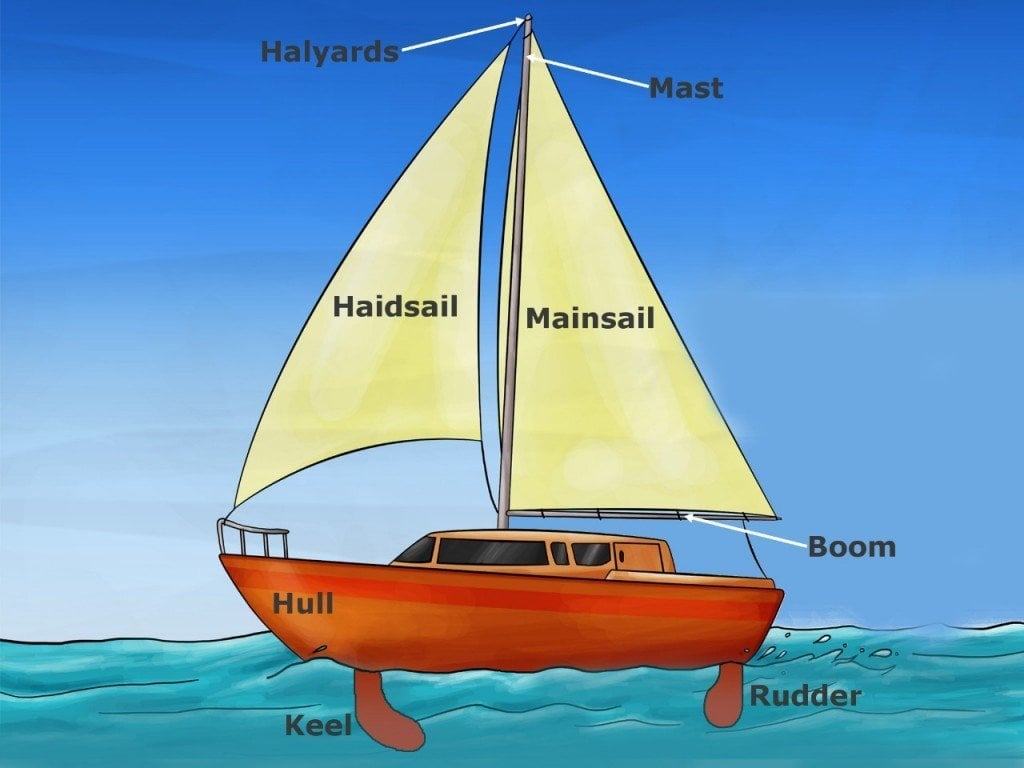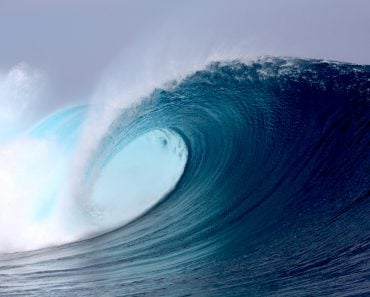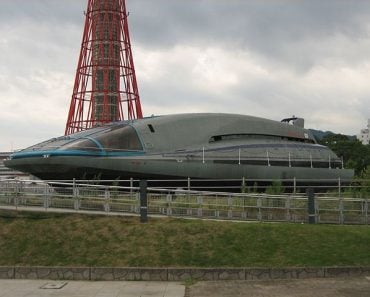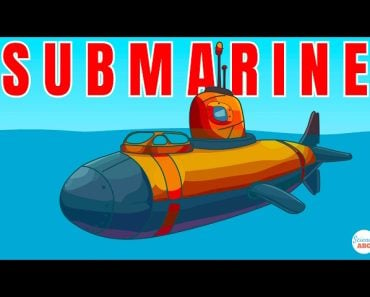Table of Contents (click to expand)
Sailboats move through the water using a variety of physics principles. The most important of these is aerodynamic lift, which is created when wind fills the sails and causes them to billow. The sails are attached to the mast and the boom, which work together to create lift and propel the boat forward. The keel also plays an important role in keeping the sailboat balanced and preventing it from tipping over. Drag is always present to some degree and limits the speed at which a sailboat can travel.
“This is the day you will always remember as the day you almost caught Captain Jack Sparrow.”
People sometimes associate sailing with the quirky and eccentric Jack Sparrow from Pirates of the Caribbean. He’s arguably one of the most popular fantasy fiction character of the 21st century.

The movie series boasted a number of unusual and dirty creatures, but one thing that caught everyone’s eye were the gargantuan sailboats moving around in the water so smoothly and dexterously. Obviously, one might wonder how these bizarre yet majestic-looking boats actually work, in spite of not having a functioning engine.
Before jumping into the physics behind sailing, let’s establish a brief background of sailboats.
Recommended Video for you:
What Exactly Are Sailboats?
Sailboats are one of the oldest forms of transportation, and the invention/mastery of these fuel-less boats is an extremely significant part of human history. Sailboats marked the beginning of humans being able to tame and control winds to suit their needs. Egyptians first used sailboats as early as 4000 BC. Back then, the boats merely consisted of a simple cloth sail on logs of wood. Since then, however, they have evolved and played an integral part in shaping the world’s history. Sailboats were aggressively used to conquer lands, discover new places, fight wars and carry out acts of piracy. Sailing has also been listed as an Olympic Sport since 1900.
Simply put, sailboats are boats that are propelled by wind when it blows on a set of fin-shaped sails.
Parts Of A Sailboat
A sailboat consists of eight primary parts. The hull, keel, rudder, tiller, jib, boom, mainsail and mast.

The hull is the main body of a sailboat and houses the main components of the boat. Modern sailboats have motors attached to the stern in order to propel the boat when there is no wind. A tiller is attached to the rudder. The tiller is a lever used to steer the boat. The rudder is always submerged in the water. When a sailboat is in operation, the steering mechanism is controlled by the tiller-rudder duo. The direction of motion of the rudder depends on the tiller, which in turn facilitates the boat’s change of direction.
The motion of a sailboat can be attributed to the mainsail and the keel. These are the engines of the sailboat. Mainsails are triangular in shape and capture most of the wind power necessary to propel the boat. The keel, on the other hand, is responsible for maintaining balance and ensuring that the boat doesn’t tip over.

The mast is a vertical rod supporting the mainsail. Similarly, the boom supports the mainsail horizontally. A sailboat also has a secondary sail called a jib, which is a miniature version of the mainsail. The jib offers extra wind power so that the boat can reach higher velocities.
Now that we can picture a sailboat and understand its fundamental parts, let’s take a look at the main aspect of this article i.e. the physics involved in sailing one!
Physics Involved In The Working Of Sailboats.
The physics behind sailing is very interesting, as sailboats do not require wind to be blowing from behind in order to move. It is actually possible for the boat to move forward even if the wind is blowing in from the sides. How does that work?
This is attributed to a very popular physics concept called aerodynamic lift.
When wind blows against a body or an object, it moves in a clockwise direction, but also comes back up. Think of a flag mounted on a moving vehicle. You can see it keeps flapping forward and backward, even though the wind is blowing directly onto it. This is because the force provided by the wind has two components. A forward and a sideways component. Now, the actual direction of motion will depend on the direction of the resultant force of the two components. In the case of a sailboat, sideways motion is undesirable. The aim is to maximize the force in the forward direction as far as possible. The keel provides an opposite force to resist the sideways motion. As mentioned above, the sail and the keel are the components responsible for the motion of the sailboat.
Now, imagine that you’re trying to sail upwind with the wind coming from the left over the front part of the hull. The wind fills the sail into the shape of a wing.

The sails employ a concept used in the design of airplane wings. The sail takes the shape of an aerofoil, such that aerodynamic lift of the sail is facilitated. Since the sail is fastened at both ends, however, the wind can’t push it out of its way. Even so, the wind must choose a path, so it will take the one with the least resistance to its flow. This path will be parallel to that of the sail. By combining the force on the sail and the force on the keel, the sideways forces cancel out and the total force on the sailboat is only in the forward direction. As a result, the boat moves forward! Basically, sails can be regarded as the steering assembly of the boats, allowing the boat to be maneuvered in any direction relative to the wind.
Some sailboats can even move faster than the wind itself. When sailing in the direction of the wind, the resultant speed of the wind acting on the sails is greater than the actual speed of the wind. This creates a large force on the sails that can push sailboats faster than the actual wind speed. This sounds viable in theory, but practically, it’s not actually possible to reach these speeds. Drag (friction) will always exist between the boat and the water, which limits the speeds that a sailboat can possibly reach.

So in conclusion, sailing entails much more than a boat propelled by a couple of unusually shaped flags. It can be regarded as an acquired skill requiring considerable understanding of wind and its behavior.












